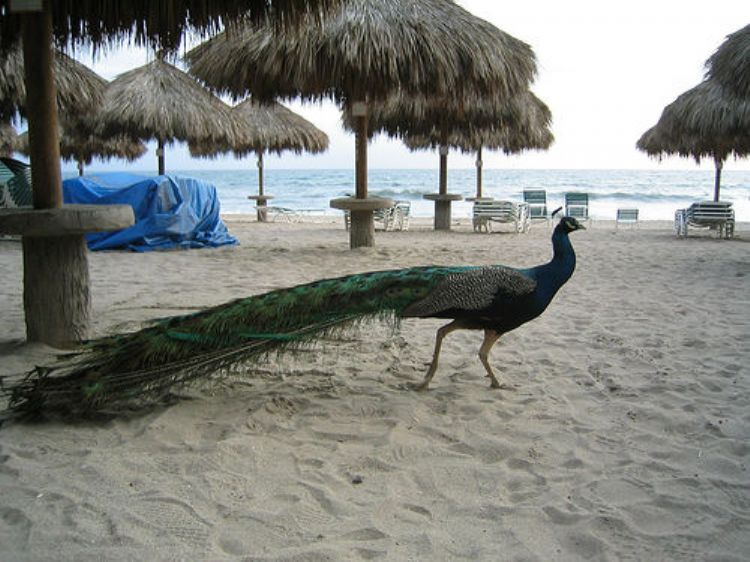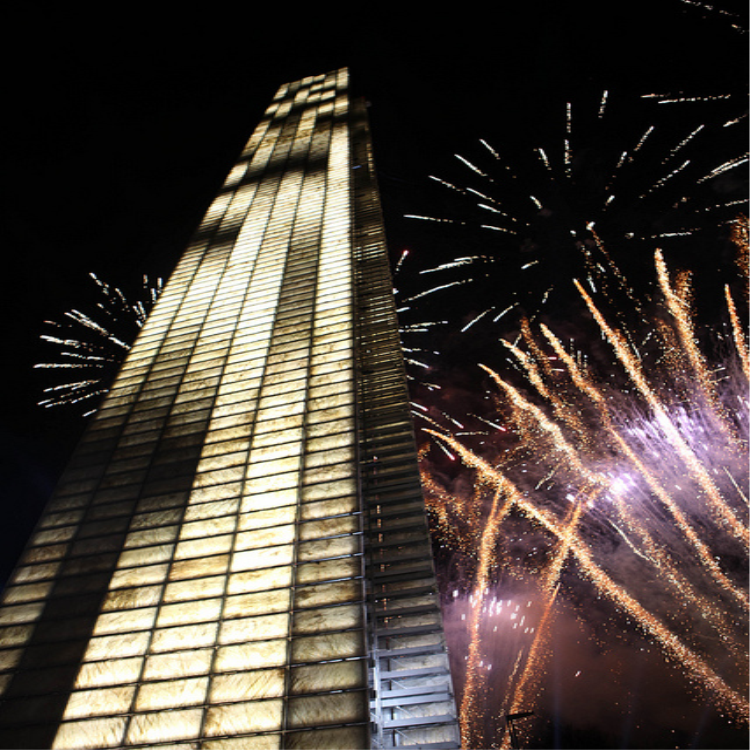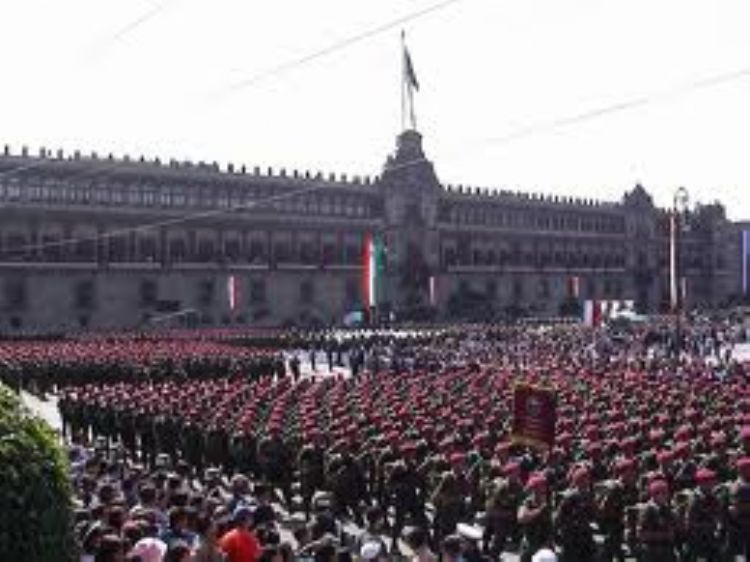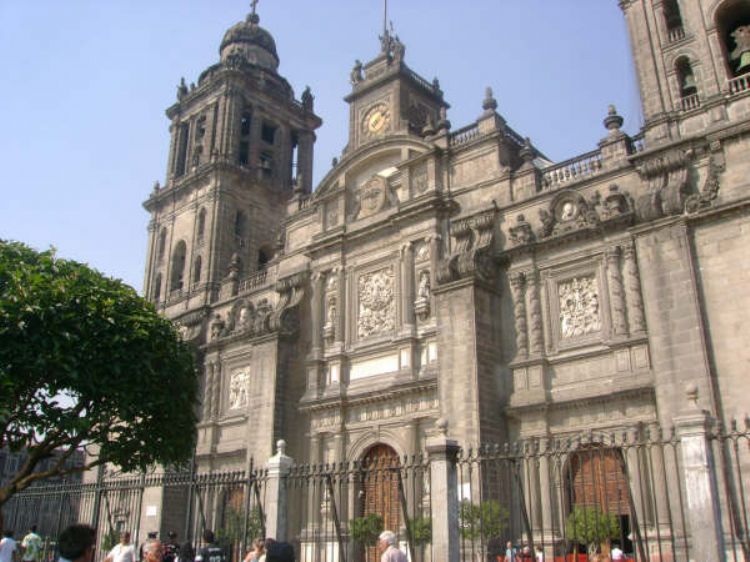
Skydiving consists of jumping with a parachute from an ai...

Whenever a Mexican national gets his heart broken, when he longs for his motherland, or when the time calls for celebration, he will no doubt want to listen to his favorite Mariachi tunes along with a bottle of Tequila...This is known not only by locals but by foreigners as well, as it represents the typical image of Mexicans; what is not so well known, is that both Mariachi and Tequila come from the state of Jalisco.
Even if there is no precise reference about the origin of Mariachi, there is evidence, as of 1848, of how annoyed town priests around the state would become with the noisy performance of this groups. Of a humble indigenous origin, the name is believed to belong to the nahuatl cocul dialect. The first recordings of this music took place in the year 1906, with a group led by Jalisco's son Justo Villa. Today, the most prominent and famous groups come from Cocula, Tecatitlan and from La Sierra del Tigre, or "The Tiger's Range".
However, the Mariachi musical assemble has refined its act and its image with time and recognition; first, great Mexican actor Pedro Infante spread the use of two trumpets within the group, a considerable change since it originally contained no wind instruments at all; and then, with the coming into action of great vernacular music singers Jorge Negrete and Lola Beltran, the traditional peasant outfit of the first Mariachis was replaced by the elegant suits more similar to those in charge of the large Haciendas, with shiny boots, rows and rows of buttons and decorative fastenings. And then came along the famous Jalisco group called the Mariachi Vargas de Tecatitlan led by Silvestre Vargas, who introduced a new element to the assemble as all members could in fact read music which resulted in a much more refined and precise sound, considering Mariachis usually played "by ear" or intuitively; they were lyric musicians.
More Mexican the Tequila", is an expression that shows the noble origin of this famous alcoholic drink, in fact produced since pre-Hispanic times and initially known as AguaMiel. The finest and more popular Tequila is made with a type of the agave plant called Agave Azul, which grows mainly along the hot and semi-hot valleys of Jalisco. Currently, the communities in charge of production are located within the municipalities of Tequila, Amatitan, Arenal and Atotonilco. The kind of Tequila known as reposado which means rested, calm, unhurried, is the result of a double distillationof the liquid that comes from the milling agave heart also known as Mezcal; on the other hand, the white or transparent Tequila, ideal for preparing mixed drinks and cocktails is obtained through a single distillation.
Enter the Horsemanship, legacy of 300 years of colonization and with deep roots in Spanish culture and tradition; the locally called Charreria recalls, through sporting versions, the activities of the horsemen in the large Haciendas of the time.
As the only National Sport, Charreria is officially born in the year 1921 with the creation of the Asociacion Nacional de Charros or "National Association of Horsemen". In addition to these great Mexican tradition, the land of Jalisco has both artistic and gastronomic cultures worth of admiration; Guadalajara for instance offers typical local scents and flavor in dishes such as the white pozole, a stew made of maize and pork or chicken; guacamole; menudo or tripe; spicy pies; red and green enchiladas; and the "shepherd's" lamb; without mentioning delicious snacks and desserts including sweet cakes known as alfajores; camote or sweet potato; peanut dessert; and pumpkin seeds.
Featuring quick moves and beautiful choreography, the folk dance known as the Jarabe Tapatio is one of the most famous artistic performances in Mexico. Composed by Jesus Gonzalez Rubio, this local version is really a mix of music and dance that owes its popularity in part to Russian ballerina Ana Pavlova, who falls in love with the Jalisco dance and decides to spread it across the nation, herself dressed as a girl from Puebla and the male dancer dressed as a Jalisco Mariachi. Since then, it became nothing less than the national dance.
Other folk dances or Jarabes are performed during the regional festivities, with names such as Bottle Dance, Indigenous Dance, and Long Rancher Dance, all of them consisting of quick and spontaneous movements along cheerful lyrics intoned in falsetto voices.

The âEstela de Luzâ (Stele of Light) Monolith...


In the Europe of the Middle Ages, the cathedral was witho...